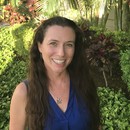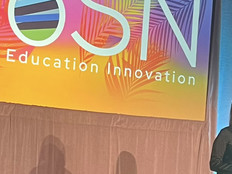What Does UDL Mean, and What Does It Look Like in K–12 Schools?
UDL is “a framework to improve and optimize teaching and learning for all people based on scientific insights into how humans learn,” according to CAST, the organization responsible for its development.
In K–12 schools today, UDL is a way of thinking and teaching that helps make learning accessible for all students with the help of technology.
“Learner variability is the norm in our classrooms,” says Kavita Rao, a professor in the College of Education at the University of Hawai‘i. “UDL can be helpful to consider and address the variability of all learners, taking into account their abilities, support needs, backgrounds, and preferences.”
Because UDL centers on accessibility and inclusion, it can help schools choose technologies that will support student learning. This can help IT professionals examine devices — and educators examine websites and applications — with a mindset that digs deeper than the new tech’s shiny facade.
What Do Districts Need for UDL in Modern Learning Environments?
District leaders and educators need to understand the UDL Guidelines and principles to properly implement them in their learning environments. The UDL Guidelines are built around engagement, representation and action and expression. These three areas focus on the why, what and how of learning, respectively.
With the help of technology, UDL can be implemented easily in K–12 districts.
“UDL is not something new you have to sign on for,” Rao says. “It’s a framework for thinking about how to be inclusive and proactively design.”
RELATED: How can schools avoid burnout when introducing new technology?
While dedicated time for planning and professional development can help educators properly adopt the UDL framework, they can incorporate it with the technologies, lessons and projects they already use. Even small changes, like adding captions to videos and equipping teachers with microphones for audial clarity, are great first steps.
“The most important shift that UDL requires teachers to make is to look for potential barriers and challenges in the curriculum, rather than in the student,” says Caroline Torres, an associate professor at Kapi‘olani Community College and Rao’s co-author of “UDL for Language Learners.”
How Can Administrators Support UDL Implementation in Schools?
Administrators can support the use of UDL by understanding what it is and what it’s trying to accomplish and by presenting it authentically.












